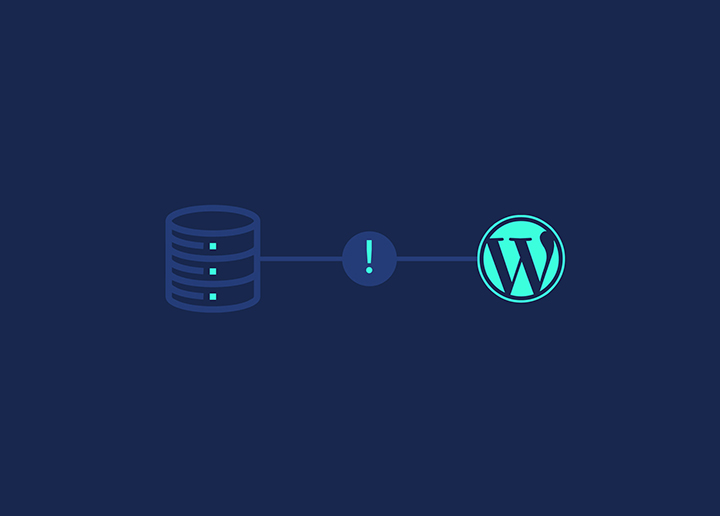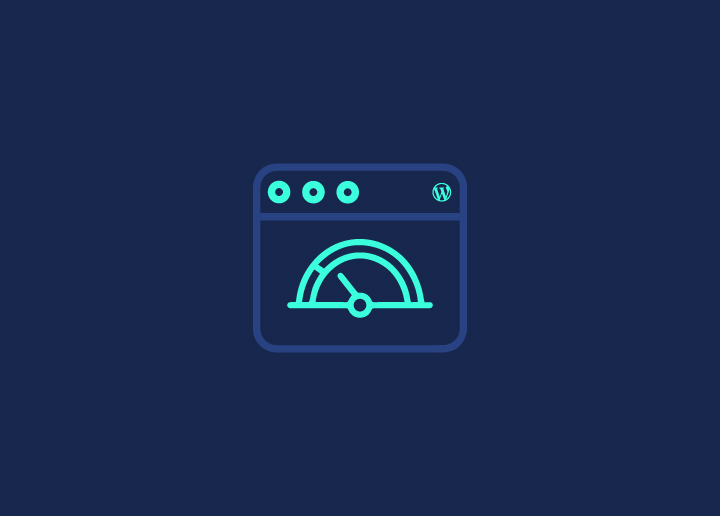In WordPress, you can upload, store, and display various files, commonly called media. This includes images, videos, audio files, documents, spreadsheets, and code samples. This guide will explore using the image and file attachments in WordPress effectively.
Edit Screen Links
When working on a post or page in the WordPress admin area, you will find a link above the post editing area that says “Upload/Insert media.” This link provides easy access to upload and insert media files directly into your content.
Attachment to a Post
When you upload a media file within the edit screen, it will automatically be attached to the current post you are editing. However, uploading a file via the Media Add New Screen or Media Library Screen will be unattached. It can become attached to a post when you insert it into the content. The Media Library Screen also offers an option to attach unattached media items to a specific post. It’s important to note that media items are considered “Posts” in WordPress and can be displayed as such using the WordPress Template Hierarchy. Themes can leverage this feature to create galleries or loop over media items.
Inserting in a Post
Once you have uploaded a media file, you can easily insert it into your post or page. When inserting the file, you have several options:
- Link directly to the media file: This option creates a hyperlink to the file, allowing users to access now and download it.
- Link to the attachment post: This option links to the attachment post, which utilizes the WordPress Template Hierarchy to serve the file. This is useful when you want to display the file within a post or page context.
- Not link to the media file: This option is commonly used for images. It embeds the image in the page without creating a hyperlink, allowing the browser to display the image file directly.
Usage in Themes
Themes can utilize various template tags to display post attachments or customize the display of attachments using the attachment.php file. Additionally, a shortcode tag is available to create galleries of images attached to a post. These features provide flexibility in designing and presenting media files within your WordPress theme.
Conclusion
Understanding how to use image and file attachments in WordPress effectively is crucial for managing and displaying media on your website. You can create engaging and visually appealing content by leveraging the upload and attachment features and understanding the various options for inserting and linking media files. Furthermore, themes can enhance the display of attachments using template tags, the attachment.php file, or the gallery shortcode. Experiment with different approaches and maximize WordPress’s media management capabilities to enhance your website’s overall user experience.


















